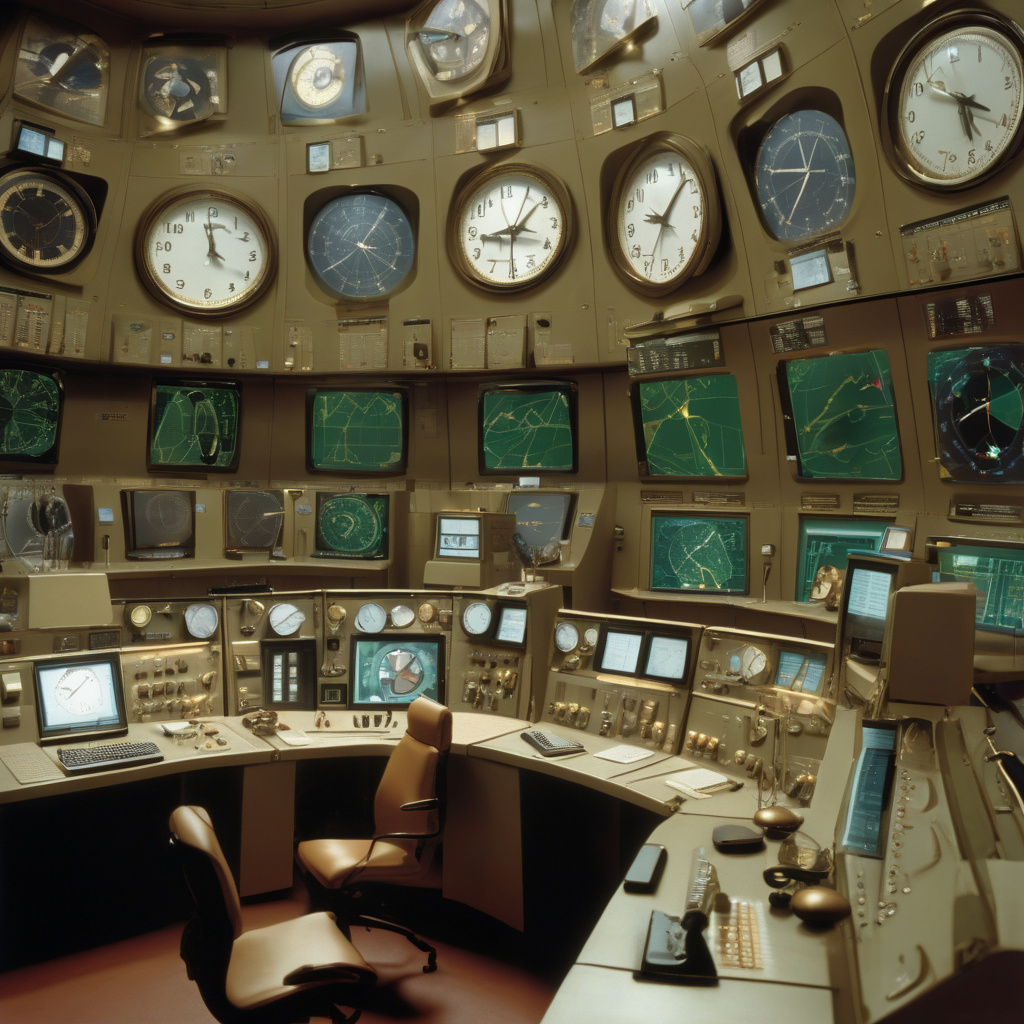In the intricate world of timekeeping, system operators have long grappled with the challenge of managing leap seconds. These periodic adjustments are crucial to keep our atomic clocks in sync with the Earth’s slightly unpredictable rotation. However, as technology advances and demands for precision grow, the debate over the future of leap seconds intensifies.
The current system, where leap seconds are added or subtracted to Coordinated Universal Time (UTC) to match the Earth’s rotation, has its drawbacks. Introducing leap seconds can disrupt systems that rely on precise time measurements, causing synchronization issues and potentially impacting critical operations. For instance, in 2012, the addition of a leap second led to temporary outages in various high-profile websites and services, highlighting the vulnerabilities of the existing system.
To address these challenges, the scientific and technological communities have been exploring alternative timekeeping methods that could eliminate the need for leap seconds. One proposed solution is to transition to a continuous time scale, such as International Atomic Time (TAI), which disregards the Earth’s irregularities and maintains a consistent rate based on atomic clocks.
While this shift would offer more stable and predictable timekeeping, it raises concerns about the long-term implications for astronomical observations and the traditional definition of time tied to the Earth’s rotation. Astronomers and purists argue that disconnecting time from the Earth’s position could have far-reaching consequences for fields reliant on precise celestial navigation and historical timekeeping practices.
Moreover, implementing such a change would require global consensus and extensive adjustments across a wide range of systems and industries that rely on accurate time synchronization. From financial transactions to telecommunications, any shift in the fundamental basis of timekeeping could have profound ripple effects that need to be carefully considered and managed.
As we stand at this crossroads between tradition and technological progress, the question remains: What will replace leap seconds? The answer is not straightforward and will likely involve a delicate balance between scientific rigor, technological feasibility, and societal implications. Finding a solution that meets the needs of diverse stakeholders while ensuring the reliability and accuracy of our timekeeping systems is a complex but necessary endeavor.
In the coming years, as discussions around leap seconds continue to evolve, it is essential for system operators, timekeepers, scientists, and policymakers to engage in open dialogue and collaboration to shape the future of timekeeping. Whether we embrace a leap-second-free world or find innovative ways to reconcile atomic precision with astronomical tradition, the journey towards a harmonized global time standard is both challenging and full of exciting possibilities.
In conclusion, as we navigate the intricate landscape of timekeeping and contemplate the future of leap seconds, let us approach this transition with curiosity, caution, and a collaborative spirit. The quest for an optimal timekeeping system that balances scientific accuracy with practicality is a testament to our ongoing pursuit of precision and progress in the digital age.

